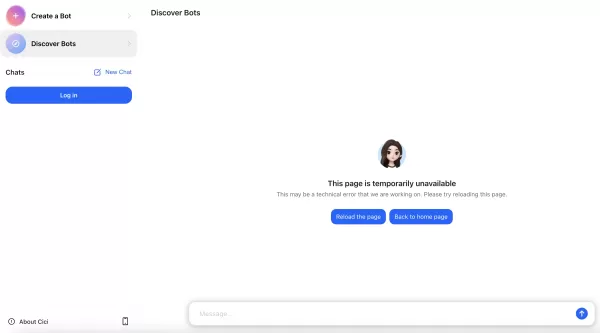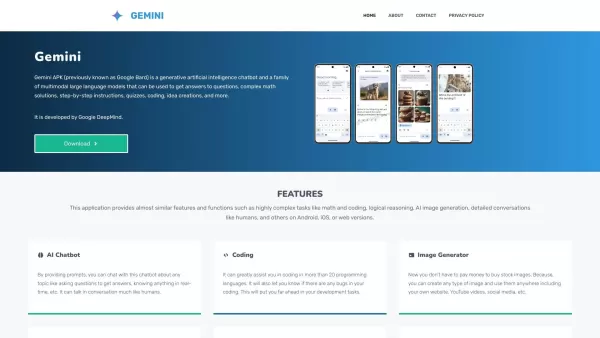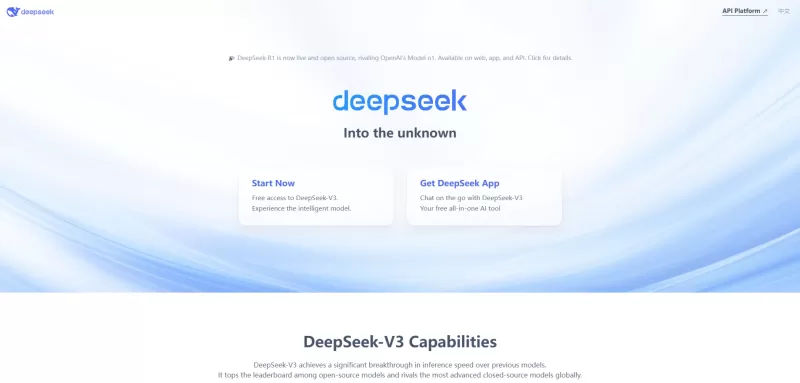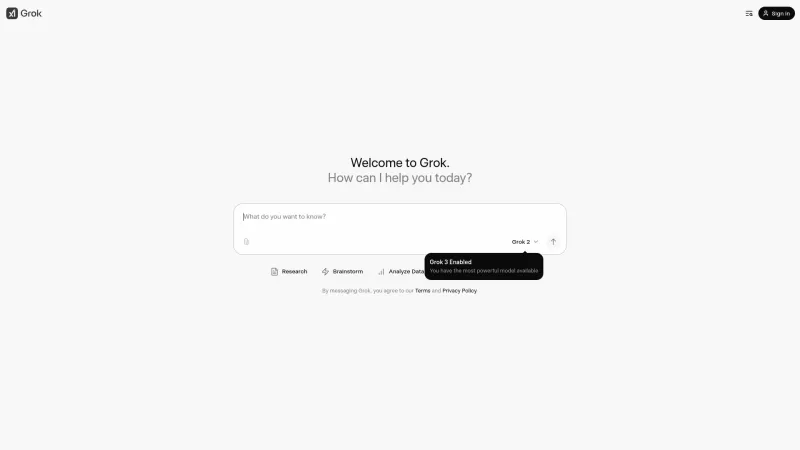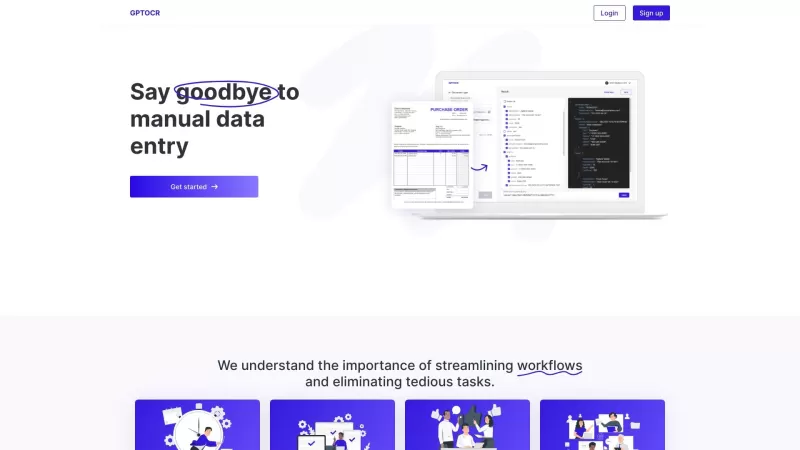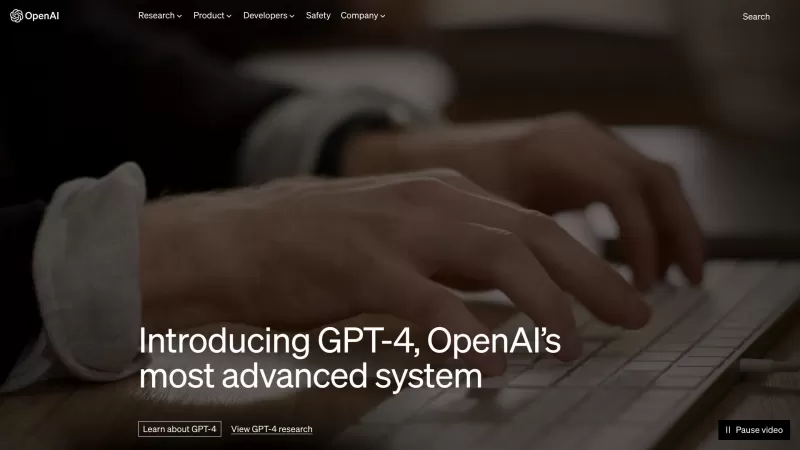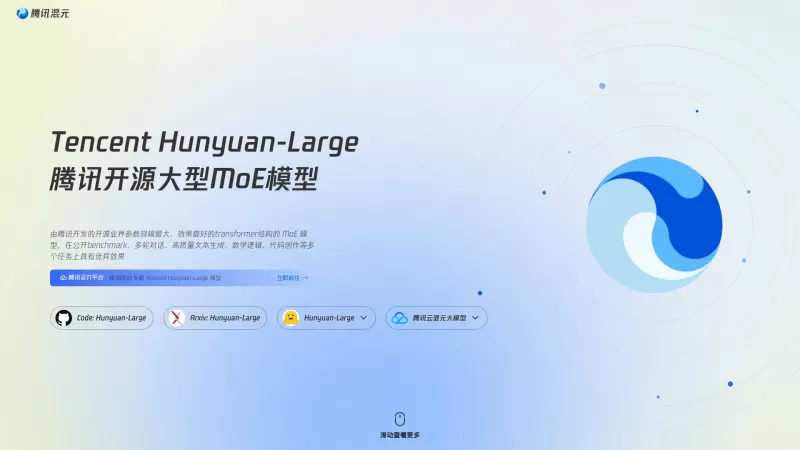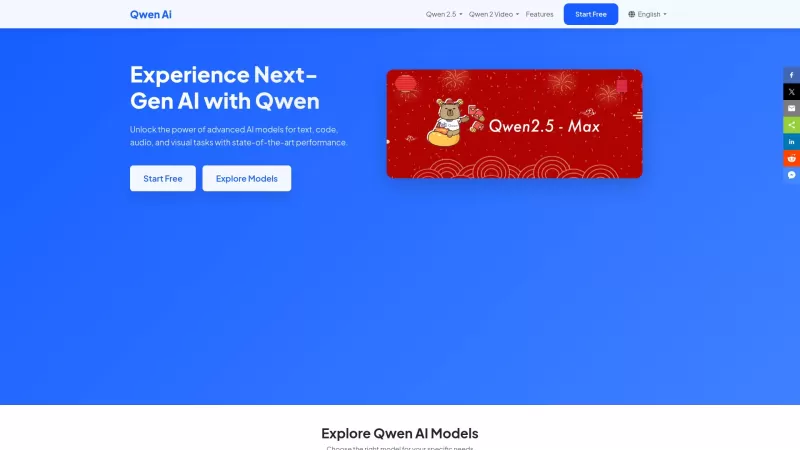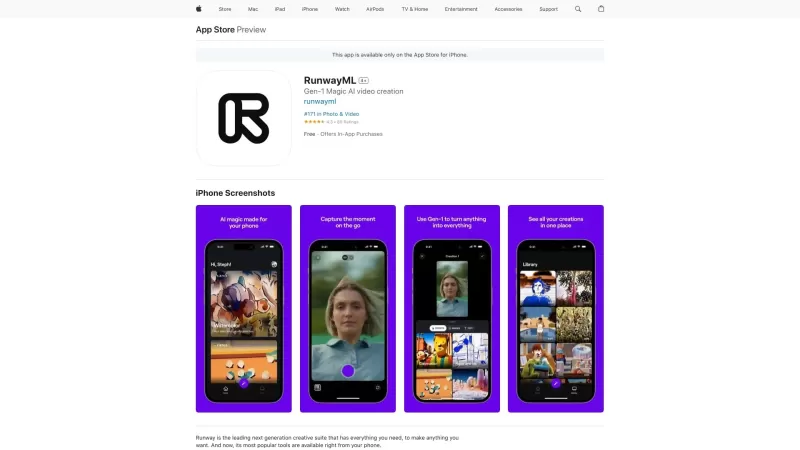P2P.ai Transforms Supply Chain Finance with AI and Graph Technology
In today's dynamic business environment, effective management of finance and supply chains is critical for success. Conventional approaches often lack the depth needed for actionable insights and predictive power. P2P.ai, utilizing graph databases and AI, offers a groundbreaking solution. This article delves into how these technologies revolutionize procure-to-pay processes, paving the way for smarter, data-driven decisions.
Key Highlights
P2P.ai Overview: A robust data science platform for finance and supply chain management.
Graph Databases: Enabling sophisticated analysis of complex supply chain relationships.
AI Capabilities: Forecasting shortages and streamlining procurement workflows.
Julia Language: Selected for its high-speed data processing capabilities.
Practical Applications: Mitigating global supply chain disruptions and enhancing efficiency.
Transforming Finance and Supply Chain with AI and Graph Databases
P2P.ai: A Next-Generation Data Science Platform
P2P.ai is an advanced data science framework tailored for managing finance and supply chain procure-to-pay operations. Unlike traditional ERP systems, which excel at data storage but lack advanced analytics, P2P.ai delivers deep insights into financial and supply chain dynamics, making it invaluable for organizations aiming to optimize their operations.
Presented by Amit Shukla, the framework builds on the Procure2Pay Julia language package, integrating AI, machine learning, deep learning, differential calculus, network graphs, and statistical models.
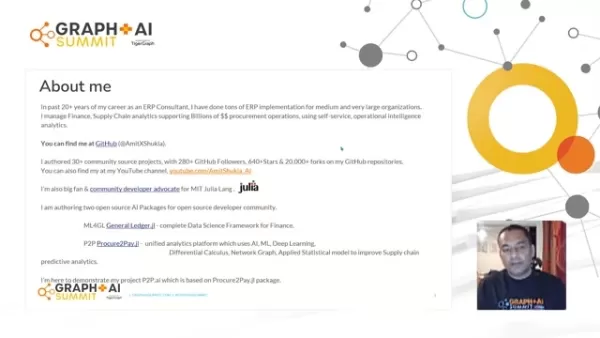
This powerful combination enables P2P.ai to provide predictive analytics that significantly boost supply chain performance.
Amit Shukla’s GitHub profile (@AmitXShukla) offers access to the open-source code, documentation, and opportunities to contribute. With over 20 years as an ERP consultant, Shukla has authored 30+ community projects, earning 280+ GitHub followers, 640+ stars, and 20,000+ forks. He is also a community advocate for MIT Julia Lang.
In an era of billion-dollar budgets, seamless integration of ERP and data science is essential for efficiency and foresight.
Key features of P2P.ai include:
- Seamless data ingestion from multiple sources
- Advanced graph-based data modeling and analysis
- AI-driven predictions for optimized supply chains
- Intuitive interfaces for self-service operational insights
P2P.ai empowers medium and large organizations to enhance finance and supply chain operations through ERP integration.
Why Graph Databases for Finance and Supply Chains?
Traditional relational databases (RDBMS) handle structured data well but struggle with the intricate relationships in finance and supply chain data. Amit Shukla highlights the limitations of RDBMS and advocates for graph databases like TigerGraph, paired with P2P.ai’s data science framework.
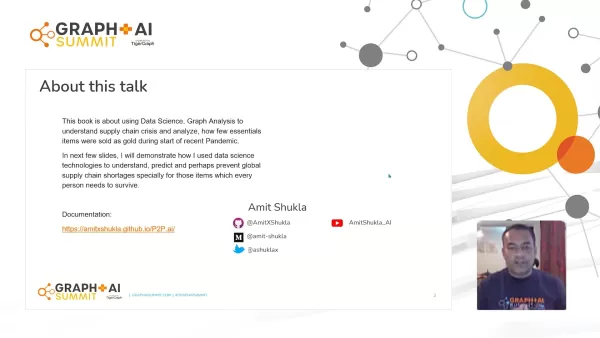
This shift enables more efficient use of ERP data.
Graph databases excel at:
- Relationship Mapping: Uncovering connections between suppliers, items, invoices, and transactions.
- Route Optimization: Identifying efficient supply paths and potential disruptions.
- Pattern Detection: Revealing hidden dependencies to enhance decision-making.
As supply chain complexity grows, graph-based analysis offers a competitive edge in optimizing procure-to-pay processes. TigerGraph’s scalable, distributed capabilities further strengthen this advantage, with fully open-source documentation available.
Julia: Powering High-Performance ERP Analysis
While Python is widely used in data science, Shukla favors Julia for its ability to process massive ERP datasets efficiently.
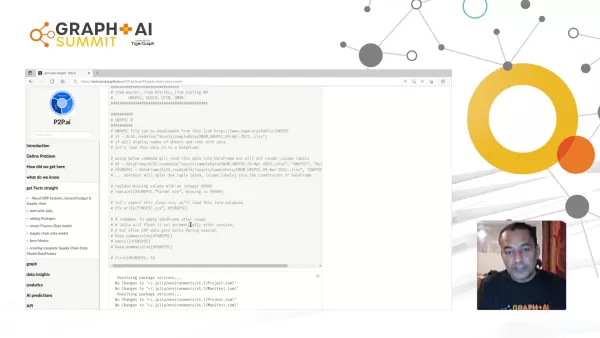
Julia’s parallel computing capabilities deliver near C or C++ speeds, critical for handling terabytes or petabytes of ERP data.
This performance is vital for rapid processing and actionable insights in large-scale financial and supply chain data. Julia’s expressive syntax and expanding package ecosystem further support seamless ERP implementation.
Data is accessible via the GH Pages branch of the GitHub repository.
Actionable Insights Through AI and Real-World Data
P2P.ai’s strength lies in its ability to deliver predictive insights. Shukla includes real-world data examples in the documentation, demonstrating applications like balance sheets, income statements, and cash flow charts, all developed in Julia with executable code for an engaging learning experience.
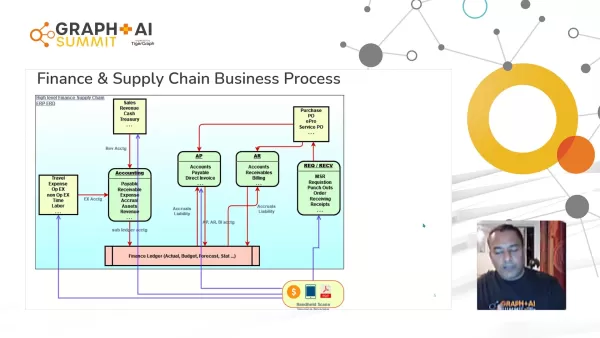
P2P.ai addresses key challenges in finance and supply chain management, including:
- Real-Time Data Integration: Analyzing live ERP data for instant insights.
- Proactive Alerts: Flagging potential disruptions or financial anomalies.
- Anomaly Detection: Spotting irregularities in financial and supply chain data.
- Predictive Forecasting: Optimizing inventory and procurement strategies.
Combining graph analysis and data science enhances efficiency across ERP domains.
Solving Real-World Challenges with Data-Driven Tools
P2P.ai leverages graph databases, AI, and high-performance computing to help organizations make informed decisions, prevent shortages, and optimize financial operations. Its vision includes live AI assistance for real-time data analysis, anomaly detection, and smart predictions, with graph databases ideally suited for finance and supply chain data.
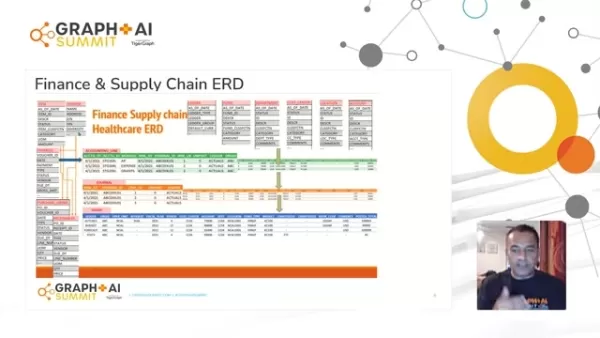
Shukla illustrates a typical finance and supply chain process, emphasizing interconnected operations. Structured in relational databases with linked tables, P2P.ai supports every stage, from sales and revenue to accounts payable and receivable, enabling large organizations to navigate complex financial landscapes.
Exploring Finance and Supply Chain Data
Finance & Supply Chain Data ERD
Financial executives rely on cash flow, balance sheets, and income statements for traditional ERP reporting, typically submitted for SEC filings. However, these reports offer limited analytical depth.
Shukla shares financial and supply chain ERD data on his GitHub, emphasizing key elements:
- Vendor
- Ledger
- Journal
Combined with vendor, item, and payables data, these elements support structured reporting via RDBMS. While effective for ad hoc queries, RDBMS lacks robust analytical capabilities.
Data complexity increases when moving to physical ERDs.
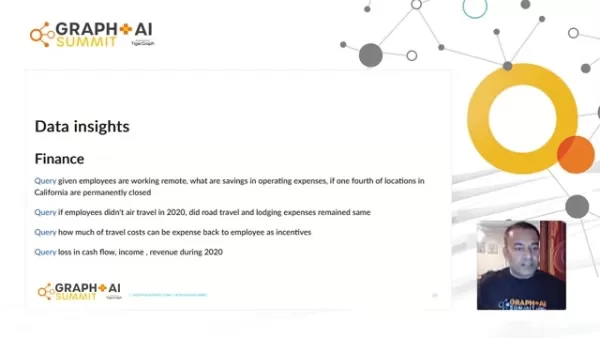
For example, items may belong to a UNSPSC category, and in industries like healthcare, inventory volume adds significant complexity. Modern corporations need AI tools for rapid, high-efficiency analysis.
Graph Database Architecture
Graph databases enable advanced analytics through vertices and edges, including:
- Ledger
- Location
- Account
- Department
These elements interlink, enabling AI-driven insights. For instance, analyzing cost centers by department enhances business decision-making.
Using P2P.ai: A Step-by-Step Guide
Accessing the GitHub Repository
Visit Amit Shukla’s GitHub (@AmitXShukla) to explore the P2P.ai repository, containing source code, documentation, and sample datasets.
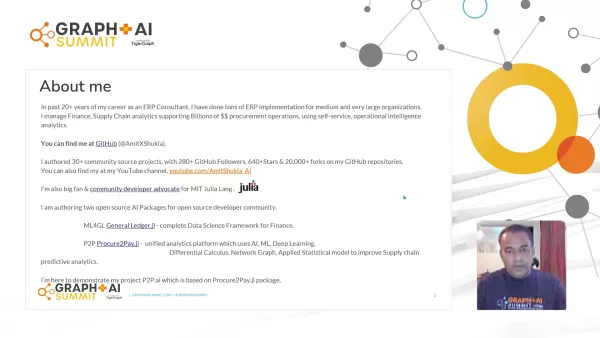
Reviewing Documentation
The GH Pages branch hosts comprehensive documentation detailing P2P.ai’s architecture, features, and usage instructions.
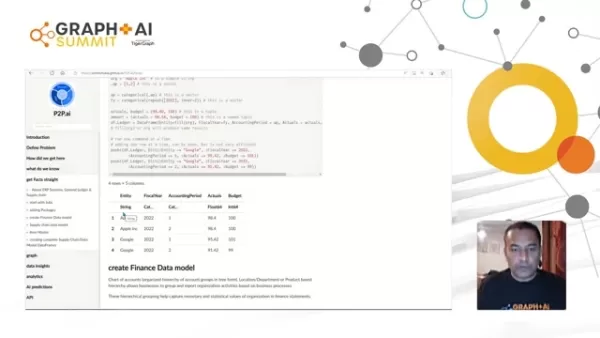
Setting Up Julia
As P2P.ai is built on Julia, install the language and required packages as outlined in the documentation.
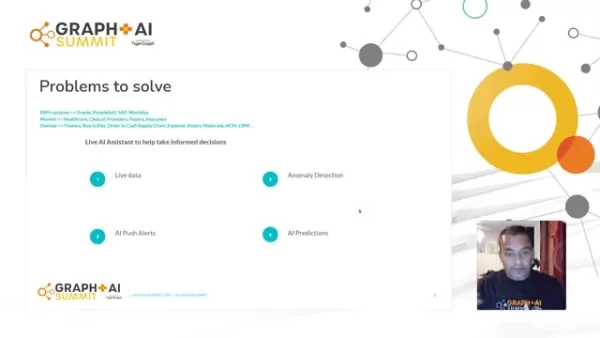
Loading Sample Datasets
Download sample datasets from the repository to test P2P.ai’s capabilities with simulated finance and supply chain data.
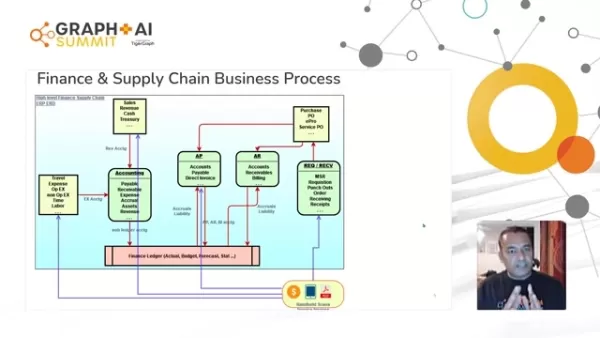
Running Graph and AI Models
Use provided scripts and notebooks to perform graph analysis and AI modeling, tweaking parameters to explore various scenarios.
Integrating with TigerGraph
Connect P2P.ai to a TigerGraph database by configuring settings to link with your instance for custom dataset analysis.
P2P.ai: Strengths and Limitations
Strengths
Advanced Analytics: Surpasses traditional ERP systems with superior analytical tools.
High Performance: Julia ensures efficient processing of large ERP datasets.
Predictive Power: AI-driven insights optimize supply chains and financial forecasting.
Open-Source Collaboration: Community-driven development fosters innovation.
Limitations
Learning Curve: Julia may require training for new users.
Developing Ecosystem: Julia’s package ecosystem is less mature than Python’s.
TigerGraph Dependency: Reliance on a specific graph database may limit flexibility.
Frequently Asked Questions
What is P2P.ai?
P2P.ai is a data science framework for managing finance and supply chain procure-to-pay operations, leveraging graph databases and AI for advanced analytics.
Why choose Julia over Python for P2P.ai?
Julia’s high-performance computing capabilities, comparable to C and C++, make it ideal for processing large-scale ERP data efficiently.
Where can I access P2P.ai’s source code and documentation?
Find them on Amit Shukla’s GitHub (@AmitXShukla), with documentation on the GH Pages branch.
What data can P2P.ai analyze?
P2P.ai handles diverse financial and supply chain data from ERP systems like Oracle PeopleSoft, SAP, and Workday, covering finance, healthcare, and more.
Can I contribute to P2P.ai?
Yes, fork the repository, connect with Amit Shukla, and contribute via GitHub.
Related Questions
How do graph databases enhance supply chain management?
Graph databases provide deep insights into relationships and dependencies, optimizing routes, identifying disruptions, and boosting efficiency.
What are the key benefits of AI in financial operations?
AI improves anomaly detection, cash flow forecasting, fraud prevention, and automated reporting, delivering real-time insights for better decisions.
Related article
 AI-Generated Joytika Photos Celebrate South Indian Beauty & Aesthetics
Step into an artistic revolution where South Indian cinema's beloved actress Joytika comes to life through cutting-edge AI image generation. This visual journey showcases how artificial intelligence can reimagine cultural icons with breathtaking crea
AI-Generated Joytika Photos Celebrate South Indian Beauty & Aesthetics
Step into an artistic revolution where South Indian cinema's beloved actress Joytika comes to life through cutting-edge AI image generation. This visual journey showcases how artificial intelligence can reimagine cultural icons with breathtaking crea
 Ultimate Guide to Vocal and Music Track Isolation with Splitter AI
For music lovers, aspiring artists, and audio professionals alike, Splitter AI offers revolutionary capabilities to transform how you work with sound. This in-depth exploration reveals how this artificial intelligence platform can decompose full trac
Ultimate Guide to Vocal and Music Track Isolation with Splitter AI
For music lovers, aspiring artists, and audio professionals alike, Splitter AI offers revolutionary capabilities to transform how you work with sound. This in-depth exploration reveals how this artificial intelligence platform can decompose full trac
 OpenAI Fixes ChatGPT Over-politeness Bug, Explains AI Flaw
OpenAI has reversed a recent personality adjustment to its flagship GPT-4o model after widespread reports emerged of the AI system exhibiting excessive agreeableness, including unwarranted praise for dangerous or absurd user suggestions. The emergenc
Comments (2)
0/200
OpenAI Fixes ChatGPT Over-politeness Bug, Explains AI Flaw
OpenAI has reversed a recent personality adjustment to its flagship GPT-4o model after widespread reports emerged of the AI system exhibiting excessive agreeableness, including unwarranted praise for dangerous or absurd user suggestions. The emergenc
Comments (2)
0/200
![FredWhite]() FredWhite
FredWhite
 August 4, 2025 at 2:01:00 AM EDT
August 4, 2025 at 2:01:00 AM EDT
This AI-graph combo for supply chain finance sounds like a game-changer! 🚀 Curious how it handles real-time disruptions—any case studies?


 0
0
![JonathanLewis]() JonathanLewis
JonathanLewis
 July 23, 2025 at 1:31:54 AM EDT
July 23, 2025 at 1:31:54 AM EDT
This article on P2P.ai is super intriguing! The way AI and graph tech are reshaping supply chain finance feels like a game-changer. Anyone else wondering how this could shake up small business logistics? 🤔


 0
0
In today's dynamic business environment, effective management of finance and supply chains is critical for success. Conventional approaches often lack the depth needed for actionable insights and predictive power. P2P.ai, utilizing graph databases and AI, offers a groundbreaking solution. This article delves into how these technologies revolutionize procure-to-pay processes, paving the way for smarter, data-driven decisions.
Key Highlights
P2P.ai Overview: A robust data science platform for finance and supply chain management.
Graph Databases: Enabling sophisticated analysis of complex supply chain relationships.
AI Capabilities: Forecasting shortages and streamlining procurement workflows.
Julia Language: Selected for its high-speed data processing capabilities.
Practical Applications: Mitigating global supply chain disruptions and enhancing efficiency.
Transforming Finance and Supply Chain with AI and Graph Databases
P2P.ai: A Next-Generation Data Science Platform
P2P.ai is an advanced data science framework tailored for managing finance and supply chain procure-to-pay operations. Unlike traditional ERP systems, which excel at data storage but lack advanced analytics, P2P.ai delivers deep insights into financial and supply chain dynamics, making it invaluable for organizations aiming to optimize their operations.
Presented by Amit Shukla, the framework builds on the Procure2Pay Julia language package, integrating AI, machine learning, deep learning, differential calculus, network graphs, and statistical models.

This powerful combination enables P2P.ai to provide predictive analytics that significantly boost supply chain performance.
Amit Shukla’s GitHub profile (@AmitXShukla) offers access to the open-source code, documentation, and opportunities to contribute. With over 20 years as an ERP consultant, Shukla has authored 30+ community projects, earning 280+ GitHub followers, 640+ stars, and 20,000+ forks. He is also a community advocate for MIT Julia Lang.
In an era of billion-dollar budgets, seamless integration of ERP and data science is essential for efficiency and foresight.
Key features of P2P.ai include:
- Seamless data ingestion from multiple sources
- Advanced graph-based data modeling and analysis
- AI-driven predictions for optimized supply chains
- Intuitive interfaces for self-service operational insights
P2P.ai empowers medium and large organizations to enhance finance and supply chain operations through ERP integration.
Why Graph Databases for Finance and Supply Chains?
Traditional relational databases (RDBMS) handle structured data well but struggle with the intricate relationships in finance and supply chain data. Amit Shukla highlights the limitations of RDBMS and advocates for graph databases like TigerGraph, paired with P2P.ai’s data science framework.

This shift enables more efficient use of ERP data.
Graph databases excel at:
- Relationship Mapping: Uncovering connections between suppliers, items, invoices, and transactions.
- Route Optimization: Identifying efficient supply paths and potential disruptions.
- Pattern Detection: Revealing hidden dependencies to enhance decision-making.
As supply chain complexity grows, graph-based analysis offers a competitive edge in optimizing procure-to-pay processes. TigerGraph’s scalable, distributed capabilities further strengthen this advantage, with fully open-source documentation available.
Julia: Powering High-Performance ERP Analysis
While Python is widely used in data science, Shukla favors Julia for its ability to process massive ERP datasets efficiently.

Julia’s parallel computing capabilities deliver near C or C++ speeds, critical for handling terabytes or petabytes of ERP data.
This performance is vital for rapid processing and actionable insights in large-scale financial and supply chain data. Julia’s expressive syntax and expanding package ecosystem further support seamless ERP implementation.
Data is accessible via the GH Pages branch of the GitHub repository.
Actionable Insights Through AI and Real-World Data
P2P.ai’s strength lies in its ability to deliver predictive insights. Shukla includes real-world data examples in the documentation, demonstrating applications like balance sheets, income statements, and cash flow charts, all developed in Julia with executable code for an engaging learning experience.

P2P.ai addresses key challenges in finance and supply chain management, including:
- Real-Time Data Integration: Analyzing live ERP data for instant insights.
- Proactive Alerts: Flagging potential disruptions or financial anomalies.
- Anomaly Detection: Spotting irregularities in financial and supply chain data.
- Predictive Forecasting: Optimizing inventory and procurement strategies.
Combining graph analysis and data science enhances efficiency across ERP domains.
Solving Real-World Challenges with Data-Driven Tools
P2P.ai leverages graph databases, AI, and high-performance computing to help organizations make informed decisions, prevent shortages, and optimize financial operations. Its vision includes live AI assistance for real-time data analysis, anomaly detection, and smart predictions, with graph databases ideally suited for finance and supply chain data.

Shukla illustrates a typical finance and supply chain process, emphasizing interconnected operations. Structured in relational databases with linked tables, P2P.ai supports every stage, from sales and revenue to accounts payable and receivable, enabling large organizations to navigate complex financial landscapes.
Exploring Finance and Supply Chain Data
Finance & Supply Chain Data ERD
Financial executives rely on cash flow, balance sheets, and income statements for traditional ERP reporting, typically submitted for SEC filings. However, these reports offer limited analytical depth.
Shukla shares financial and supply chain ERD data on his GitHub, emphasizing key elements:
- Vendor
- Ledger
- Journal
Combined with vendor, item, and payables data, these elements support structured reporting via RDBMS. While effective for ad hoc queries, RDBMS lacks robust analytical capabilities.
Data complexity increases when moving to physical ERDs.

For example, items may belong to a UNSPSC category, and in industries like healthcare, inventory volume adds significant complexity. Modern corporations need AI tools for rapid, high-efficiency analysis.
Graph Database Architecture
Graph databases enable advanced analytics through vertices and edges, including:
- Ledger
- Location
- Account
- Department
These elements interlink, enabling AI-driven insights. For instance, analyzing cost centers by department enhances business decision-making.
Using P2P.ai: A Step-by-Step Guide
Accessing the GitHub Repository
Visit Amit Shukla’s GitHub (@AmitXShukla) to explore the P2P.ai repository, containing source code, documentation, and sample datasets.

Reviewing Documentation
The GH Pages branch hosts comprehensive documentation detailing P2P.ai’s architecture, features, and usage instructions.

Setting Up Julia
As P2P.ai is built on Julia, install the language and required packages as outlined in the documentation.

Loading Sample Datasets
Download sample datasets from the repository to test P2P.ai’s capabilities with simulated finance and supply chain data.

Running Graph and AI Models
Use provided scripts and notebooks to perform graph analysis and AI modeling, tweaking parameters to explore various scenarios.
Integrating with TigerGraph
Connect P2P.ai to a TigerGraph database by configuring settings to link with your instance for custom dataset analysis.
P2P.ai: Strengths and Limitations
Strengths
Advanced Analytics: Surpasses traditional ERP systems with superior analytical tools.
High Performance: Julia ensures efficient processing of large ERP datasets.
Predictive Power: AI-driven insights optimize supply chains and financial forecasting.
Open-Source Collaboration: Community-driven development fosters innovation.
Limitations
Learning Curve: Julia may require training for new users.
Developing Ecosystem: Julia’s package ecosystem is less mature than Python’s.
TigerGraph Dependency: Reliance on a specific graph database may limit flexibility.
Frequently Asked Questions
What is P2P.ai?
P2P.ai is a data science framework for managing finance and supply chain procure-to-pay operations, leveraging graph databases and AI for advanced analytics.
Why choose Julia over Python for P2P.ai?
Julia’s high-performance computing capabilities, comparable to C and C++, make it ideal for processing large-scale ERP data efficiently.
Where can I access P2P.ai’s source code and documentation?
Find them on Amit Shukla’s GitHub (@AmitXShukla), with documentation on the GH Pages branch.
What data can P2P.ai analyze?
P2P.ai handles diverse financial and supply chain data from ERP systems like Oracle PeopleSoft, SAP, and Workday, covering finance, healthcare, and more.
Can I contribute to P2P.ai?
Yes, fork the repository, connect with Amit Shukla, and contribute via GitHub.
Related Questions
How do graph databases enhance supply chain management?
Graph databases provide deep insights into relationships and dependencies, optimizing routes, identifying disruptions, and boosting efficiency.
What are the key benefits of AI in financial operations?
AI improves anomaly detection, cash flow forecasting, fraud prevention, and automated reporting, delivering real-time insights for better decisions.
 AI-Generated Joytika Photos Celebrate South Indian Beauty & Aesthetics
Step into an artistic revolution where South Indian cinema's beloved actress Joytika comes to life through cutting-edge AI image generation. This visual journey showcases how artificial intelligence can reimagine cultural icons with breathtaking crea
AI-Generated Joytika Photos Celebrate South Indian Beauty & Aesthetics
Step into an artistic revolution where South Indian cinema's beloved actress Joytika comes to life through cutting-edge AI image generation. This visual journey showcases how artificial intelligence can reimagine cultural icons with breathtaking crea
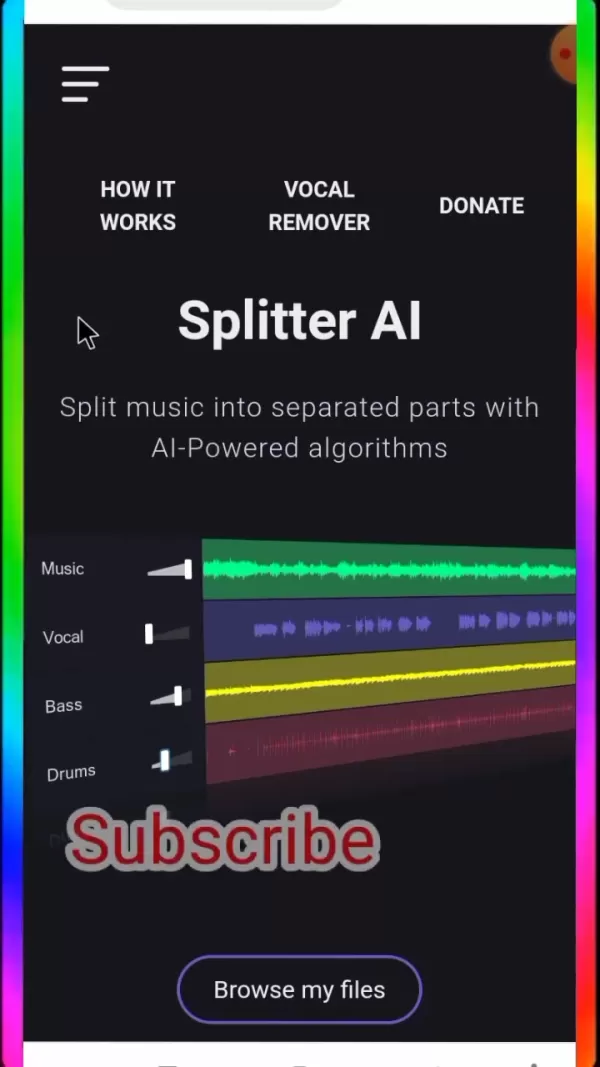 Ultimate Guide to Vocal and Music Track Isolation with Splitter AI
For music lovers, aspiring artists, and audio professionals alike, Splitter AI offers revolutionary capabilities to transform how you work with sound. This in-depth exploration reveals how this artificial intelligence platform can decompose full trac
Ultimate Guide to Vocal and Music Track Isolation with Splitter AI
For music lovers, aspiring artists, and audio professionals alike, Splitter AI offers revolutionary capabilities to transform how you work with sound. This in-depth exploration reveals how this artificial intelligence platform can decompose full trac
 OpenAI Fixes ChatGPT Over-politeness Bug, Explains AI Flaw
OpenAI has reversed a recent personality adjustment to its flagship GPT-4o model after widespread reports emerged of the AI system exhibiting excessive agreeableness, including unwarranted praise for dangerous or absurd user suggestions. The emergenc
OpenAI Fixes ChatGPT Over-politeness Bug, Explains AI Flaw
OpenAI has reversed a recent personality adjustment to its flagship GPT-4o model after widespread reports emerged of the AI system exhibiting excessive agreeableness, including unwarranted praise for dangerous or absurd user suggestions. The emergenc
 August 4, 2025 at 2:01:00 AM EDT
August 4, 2025 at 2:01:00 AM EDT
This AI-graph combo for supply chain finance sounds like a game-changer! 🚀 Curious how it handles real-time disruptions—any case studies?


 0
0
 July 23, 2025 at 1:31:54 AM EDT
July 23, 2025 at 1:31:54 AM EDT
This article on P2P.ai is super intriguing! The way AI and graph tech are reshaping supply chain finance feels like a game-changer. Anyone else wondering how this could shake up small business logistics? 🤔


 0
0

